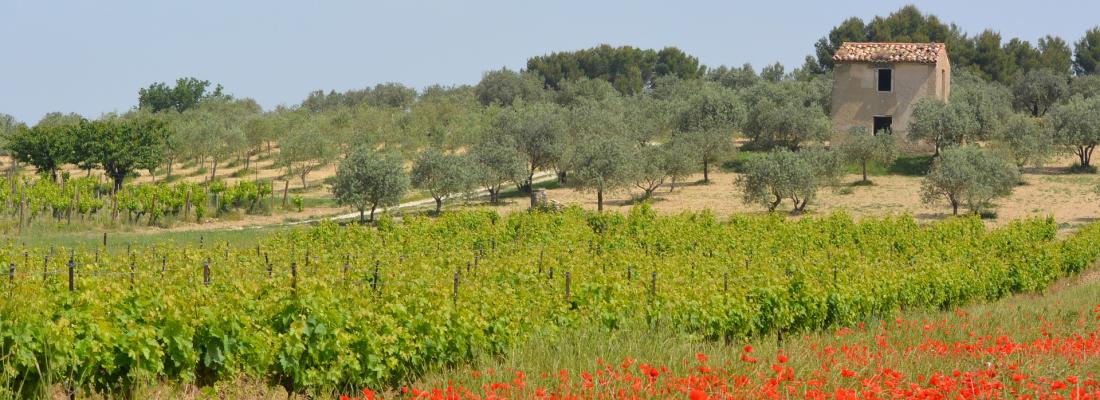Agroecology Reading time 2 min
The FAST project: Facilitate public action to exit from pesticides
Published on 22 October 2020

The objective of this project is to offer concrete solutions, both political and organisational, that decision-makers and stakeholders can implement directly. The effectiveness of each proposal will be assessed through laboratory and field studies, action research approaches, and large-scale simulation models.
The project is coordinated by Julie Subervie, from the Centre for Environmental Economics in Montpellier (CEE-M), and congregates a wide variety of researchers on economy, sociology, law, and even on management sciences. Sixteen INRAE research units have collaborated with the project, together with associated universities and partners from other higher institutions in the field of agronomy.
A global approach
The project aims to accurately assess the relative importance of the socio-economic obstacles facing the transition to an agriculture free from pesticides, which remain widely unknown even today. FAST proposes to examine this transition at different levels: individual, collective, territorial, sectoral, national, and international. Following this global approach, all key actors likely to be involved in the transition will be studied, not just farmers. To carry out such a comprehensive study, it will be necessary to pay special attention to the effects of market equilibrium and the response to the demand for pesticide-free food products. It will be equally important to consider the role of international trade agreements in order to quantify the global effects of the transition.
Towards a better understanding of spatial and collective mechanisms
In a pesticide-free production system, the results of a farmer’s decisions depend on the decisions made by other farmers. In the same way, the decision of moving towards pesticide-free production can be made individually, but, due to biophysical and socio-economic reasons, it will inevitably be subject to a collective process. This project aims to better understand the interrelation between the different actors involved in the transition process.
Field studies
Moving towards pesticide-free agriculture is a challenge that involves a wide variety of actors: farmers, suppliers, public actors in charge of the local implementation of national or EU-funded programmes, etc. FAST will allow researchers to compare the results of economic theories and behavioural approaches to the reality of the field, involving all stakeholders in the design of new policy instruments and the assessment of their effectiveness.
.
Coordination: Julie Subervie, INRAE, CEE-M
Main units involved: CEE-M (pilot unit), SMART-LERECO, Agronomie, Economie Publique, ALISS, GAEL, ODR, LISIS, SADAPT, CECOJI.
Funding: Growing and protecting crops differently
Funding obtained: 2,986,894€.
Calendar: Six years starting on 1 January 2021
FAST Project website >>>
